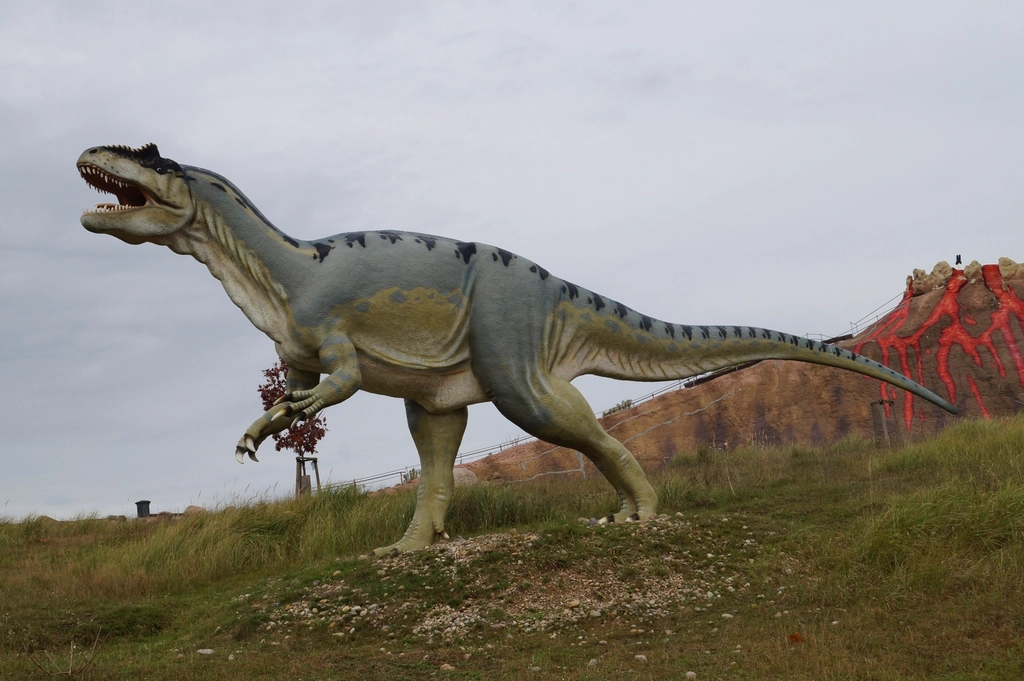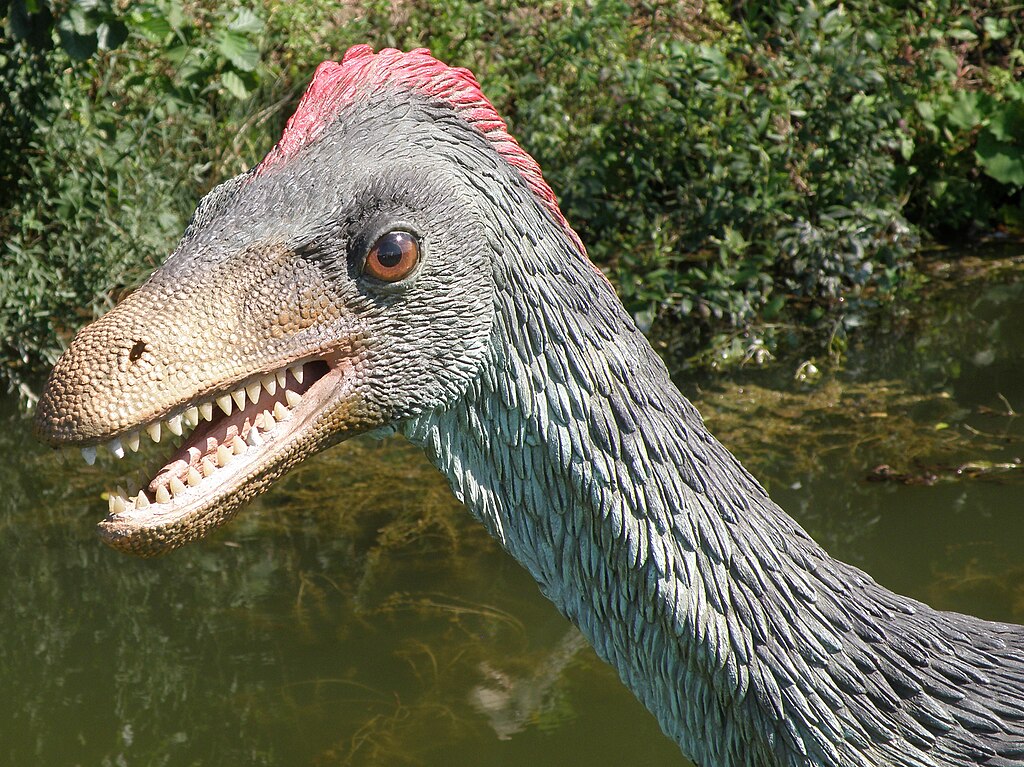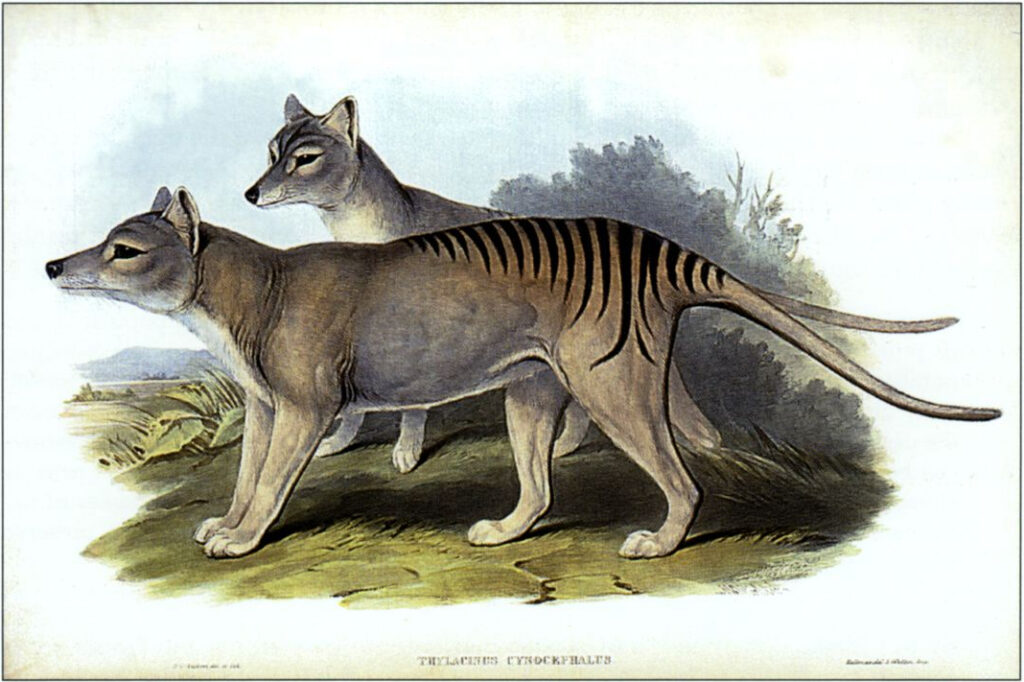Picture this: you’re hiking through the dry, sun-baked landscape of Nevada, and suddenly you stumble upon a bone the size of a baseball bat. What you’ve just discovered isn’t from any animal alive today—it’s from a creature that once roamed North America when mammoths still thundered across the plains. Nevada’s desert has become one of the most surprising treasure troves of giant ground sloth fossils, completely reshaping our understanding of Ice Age America. These weren’t your typical tree-hanging sloths; these were massive, bear-sized beasts that could weigh as much as a small car and stood taller than most humans.
The First Shocking Discovery
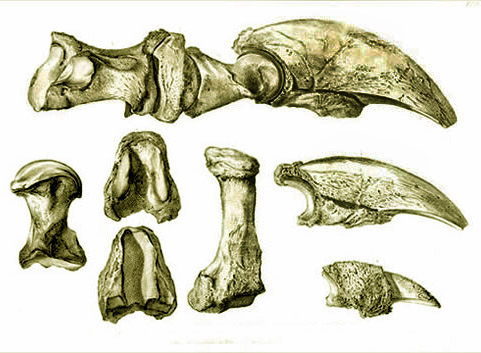
The story begins in 1930 when a local rancher named John Reid was digging a well near Las Vegas and struck something much more valuable than water. What emerged from the Nevada soil was a collection of bones that would puzzle scientists for decades. These weren’t the delicate remains of desert creatures—they were massive, robust bones that seemed to belong to something out of a fantasy novel.
The discovery sent shockwaves through the paleontology community because no one expected to find evidence of giant ground sloths in Nevada’s harsh desert environment. Scientists had to completely rethink their assumptions about where these creatures lived and how they survived. The bones were so well-preserved that researchers could still see scratch marks and wear patterns that told stories of daily life from 13,000 years ago.
Meet the Shasta Ground Sloth
The star of Nevada’s fossil show is *Nothrotheriops shastensis*, commonly known as the Shasta ground sloth. These incredible creatures stood about four feet tall at the shoulder and stretched nearly eight feet from nose to tail. Their massive claws, some measuring over six inches long, weren’t designed for climbing trees like modern sloths—they were perfect digging tools for unearthing roots and tubers in the ancient landscape.
What made these sloths truly remarkable was their incredible strength. Their powerful hindquarters and muscular tail allowed them to rear up on their hind legs, reaching heights of nearly ten feet to browse on vegetation that other animals couldn’t access. Think of them as the bulldozers of the Ice Age, capable of reshaping their environment with every meal.
When Giants Ruled the Silver State
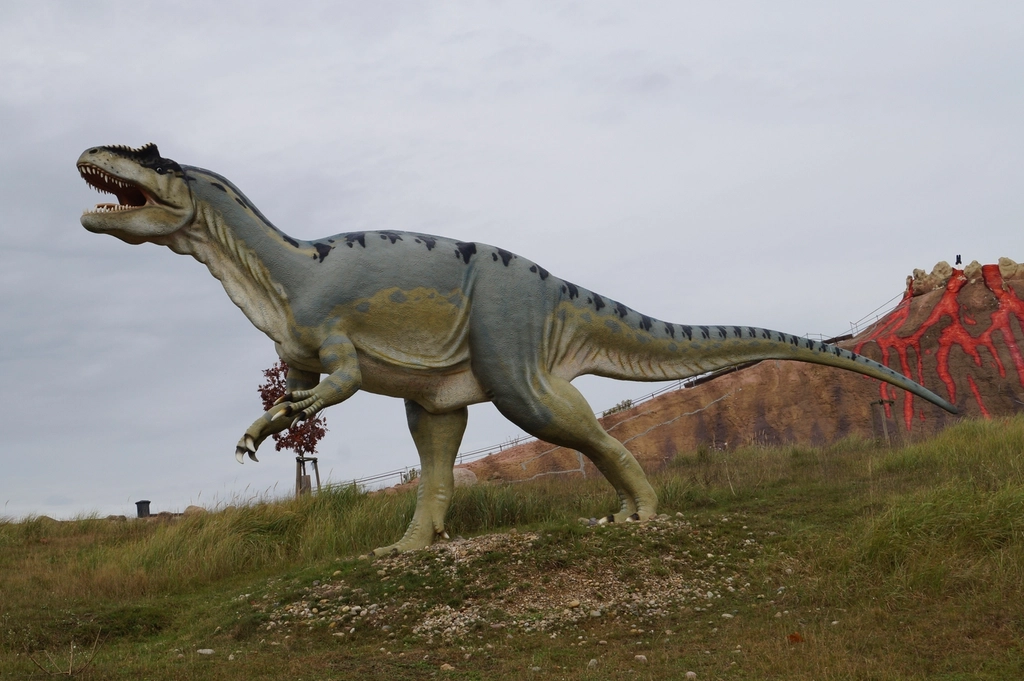
Around 15,000 years ago, Nevada looked nothing like the desert we know today. The landscape was dotted with lush grasslands, flowing rivers, and dense forests that provided the perfect habitat for these massive herbivores. The climate was cooler and much wetter, supporting a diverse ecosystem that included camels, horses, and even short-faced bears.
The Shasta ground sloths weren’t alone in this prehistoric paradise. They shared their territory with American lions, dire wolves, and saber-toothed cats, creating a complex web of predator-prey relationships. These sloths had to be constantly vigilant, using their incredible hearing and keen sense of smell to detect approaching danger across the open plains.
The Tule Springs Revelation
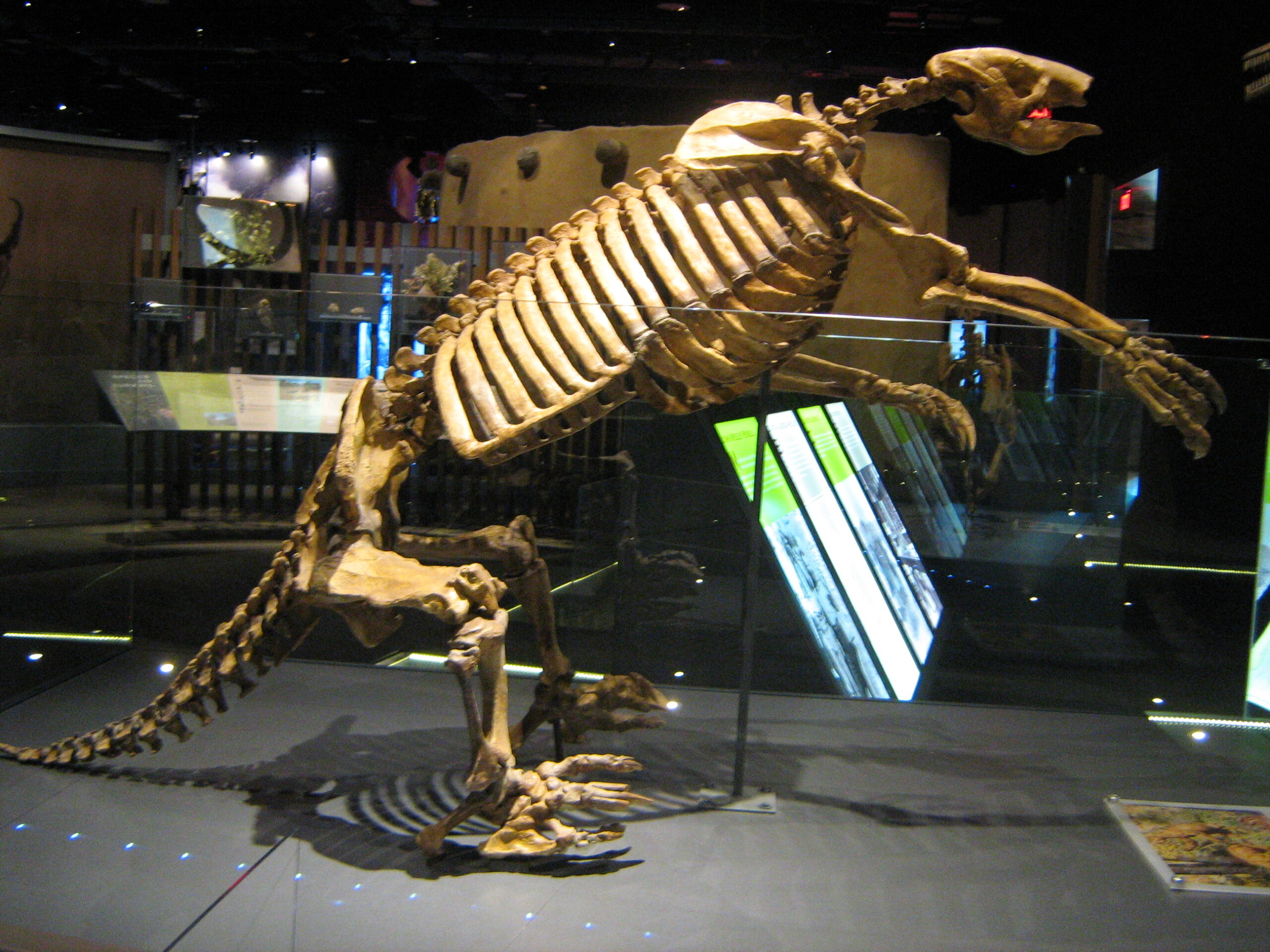
One of the most significant discoveries came from Tule Springs, just north of Las Vegas, where archaeologists uncovered what can only be described as a giant sloth graveyard. The site contained remains from dozens of individual sloths, ranging from tiny babies to massive adults. This discovery was groundbreaking because it provided the first clear evidence of how these creatures lived in family groups.
The Tule Springs site also revealed something extraordinary: evidence of seasonal migration patterns. The sloths weren’t just random wanderers—they followed specific routes between feeding grounds, much like modern caribou or wildebeest. This organized behavior suggested a level of intelligence and social structure that scientists hadn’t previously attributed to these ancient giants.
What They Actually Ate
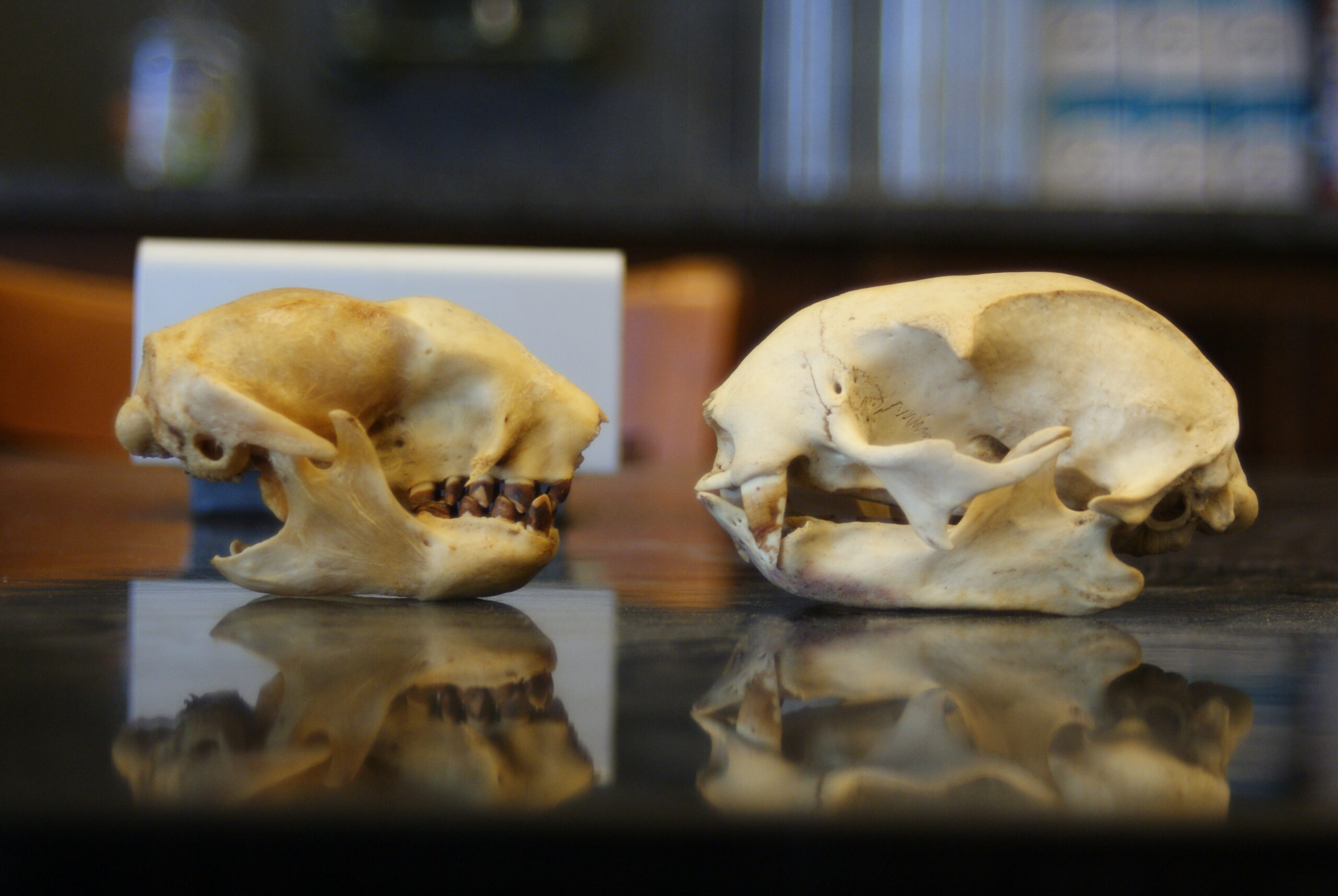
Forget everything you think you know about sloth diets. These Nevada giants were incredibly sophisticated eaters with a menu that would make any modern herbivore jealous. Their fossilized dung, preserved in dry caves throughout the state, tells an amazing story of dietary diversity that included over 70 different plant species.
The sloths were particularly fond of desert globemallow, Mormon tea, and various cacti—plants that required serious jaw power to process. Their teeth were perfectly adapted for this challenging diet, with high crowns and complex ridges that could grind through the toughest vegetation. Some scientists believe they even ate small amounts of bone and antler to supplement their calcium intake, similar to modern deer.
The Cave Treasures
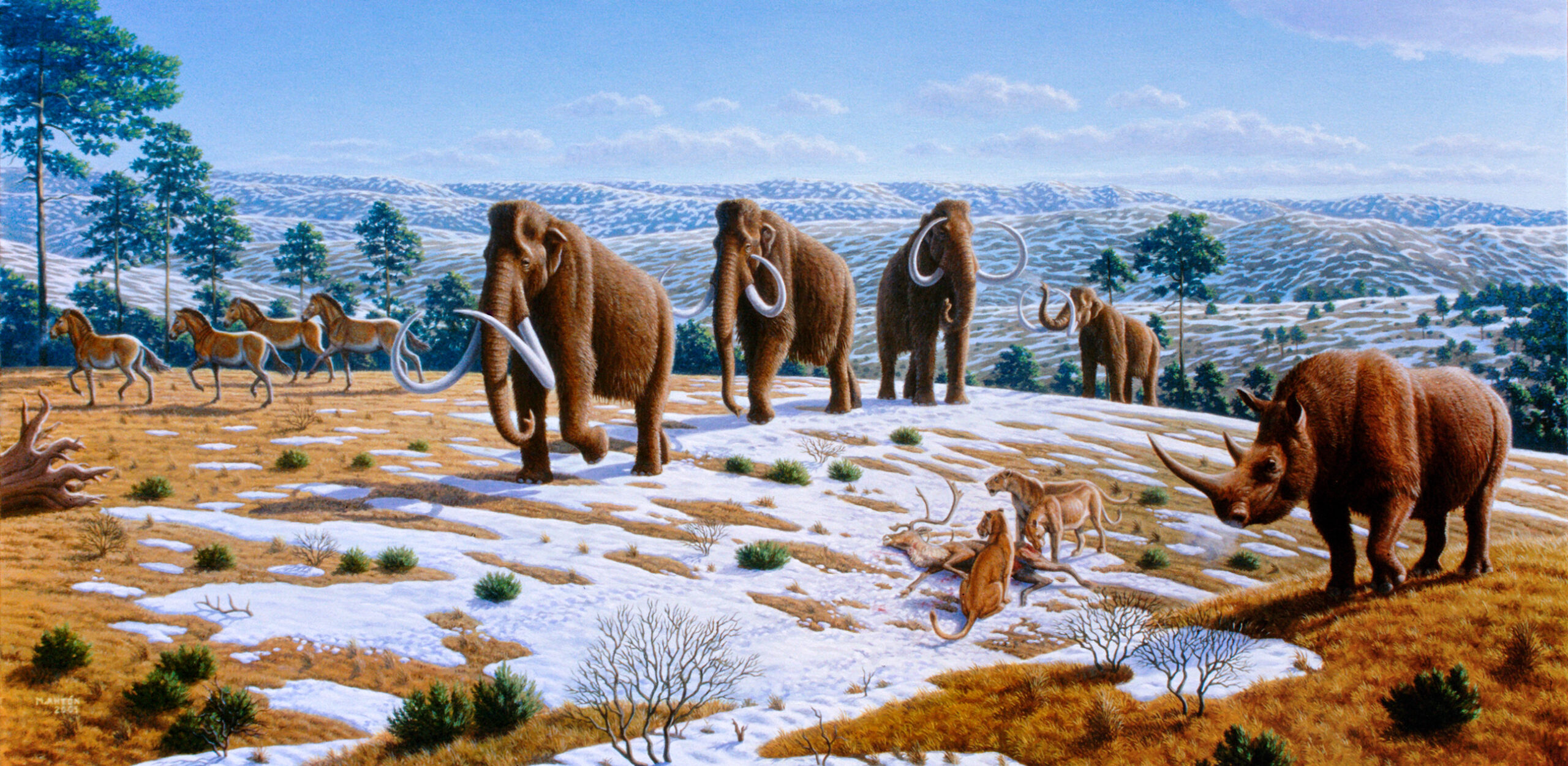
Nevada’s limestone caves have become time capsules, preserving not just bones but entire ecosystems from the Ice Age. These caves contain layers of sloth dung so thick that some deposits reach several feet in depth. The dry desert air has mummified these remains so perfectly that scientists can still identify individual seeds and plant fragments.
One cave near Searchlight contained the most complete sloth skeleton ever found in North America, including preserved skin, hair, and even stomach contents. This remarkable specimen, nicknamed “Nevada’s Ice Age Mummy,” has provided insights into sloth anatomy that would have been impossible to obtain from bones alone.
The Human Connection
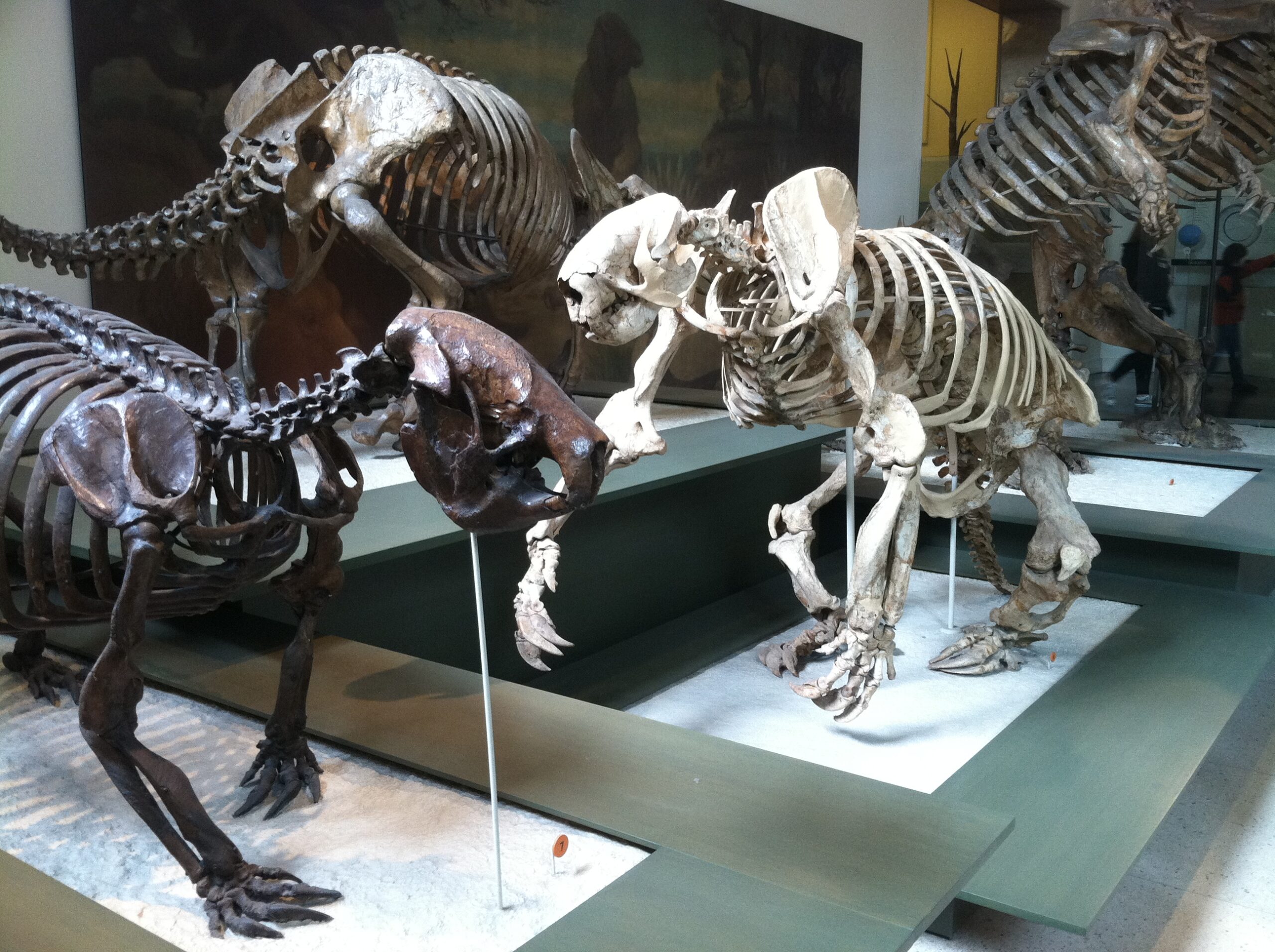
Perhaps the most controversial aspect of Nevada’s sloth story involves their relationship with early humans. Archaeological evidence suggests that the first Americans arrived in Nevada around the same time that giant sloths were beginning to disappear. Some sites contain both sloth bones and human artifacts in the same layers, raising questions about whether humans hunted these massive creatures.
The evidence is tantalizing but inconclusive. Cut marks on some bones suggest human butchering, but it’s unclear whether people were actively hunting healthy sloths or simply scavenging already-dead carcasses. What’s certain is that these early Nevadans would have encountered living giant sloths, creating scenes that must have been both terrifying and awe-inspiring.
Climate Change and Extinction
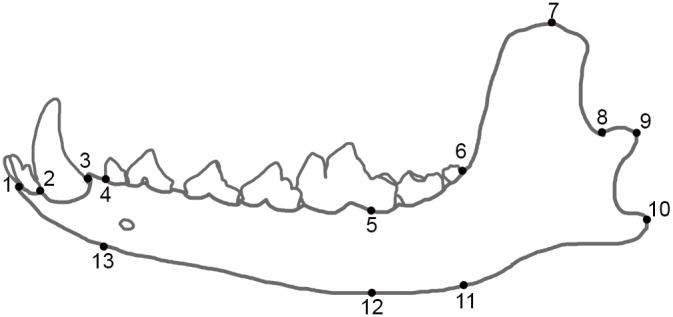
The end of the last Ice Age brought dramatic changes to Nevada’s climate, and the giant sloths couldn’t adapt fast enough to survive. As temperatures rose and rainfall decreased, the lush grasslands that sustained these creatures gradually transformed into the desert landscape we see today. The sloths found themselves in an increasingly hostile environment with dwindling food sources.
The extinction wasn’t sudden—it was a slow decline that took place over several thousand years. The last known giant sloths in Nevada died out around 10,000 years ago, just as the region was becoming the arid desert that modern visitors experience. Their disappearance marked the end of an era and the beginning of Nevada’s transformation into its current form.
Revolutionary Dating Techniques

Nevada’s sloth fossils have been at the forefront of revolutionary dating techniques that have changed how we understand prehistoric timelines. Radiocarbon dating of sloth dung has provided some of the most precise dates ever obtained for Ice Age events. These dates have been crucial in understanding exactly when different species went extinct and how quickly environmental changes occurred.
Scientists have also used new techniques like amino acid racemization and uranium-series dating to push the timeline even further back. Some Nevada sloth remains have been dated to over 40,000 years old, extending the known range of these creatures much deeper into prehistory than previously thought possible.
The Packrat Connection
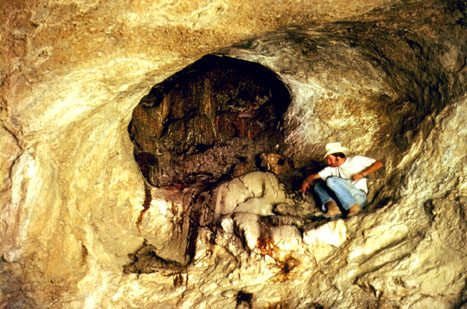
One of the most ingenious scientific discoveries came from studying ancient packrat middens—essentially prehistoric garbage dumps created by small rodents. These middens, found throughout Nevada’s caves and rock shelters, contain perfectly preserved plant remains that show exactly what the landscape looked like when giant sloths roamed the area.
The middens reveal a detailed picture of ecological change over thousands of years. Scientists can see how plant communities shifted as the climate changed, providing crucial context for understanding why the giant sloths couldn’t survive. It’s like having a time-lapse movie of environmental change, frame by frame, spanning millennia.
Modern Research Methods
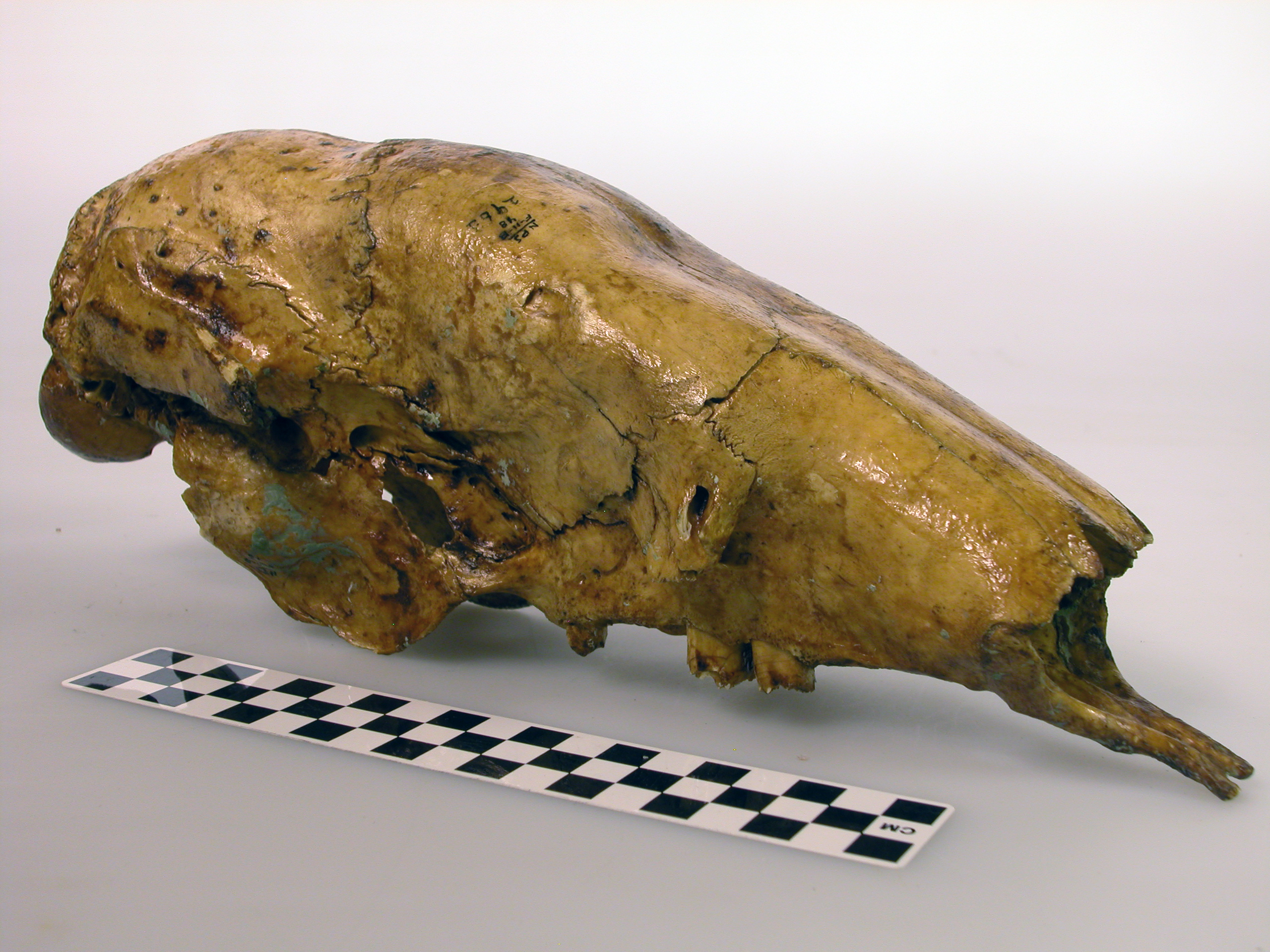
Today’s scientists are using cutting-edge technology to unlock secrets that early researchers could never have imagined. DNA analysis of sloth remains has revealed genetic relationships between different populations and even connections to modern sloths in South America. This genetic detective work has shown that North American giant sloths were more closely related to modern tree sloths than anyone previously suspected.
CT scanning and 3D modeling have allowed researchers to peer inside fossilized bones without damaging them, revealing internal structures that show how these animals moved and lived. Some scientists are even using these models to create virtual reconstructions of walking sloths, bringing these ancient creatures back to life through digital technology.
The Ongoing Mystery
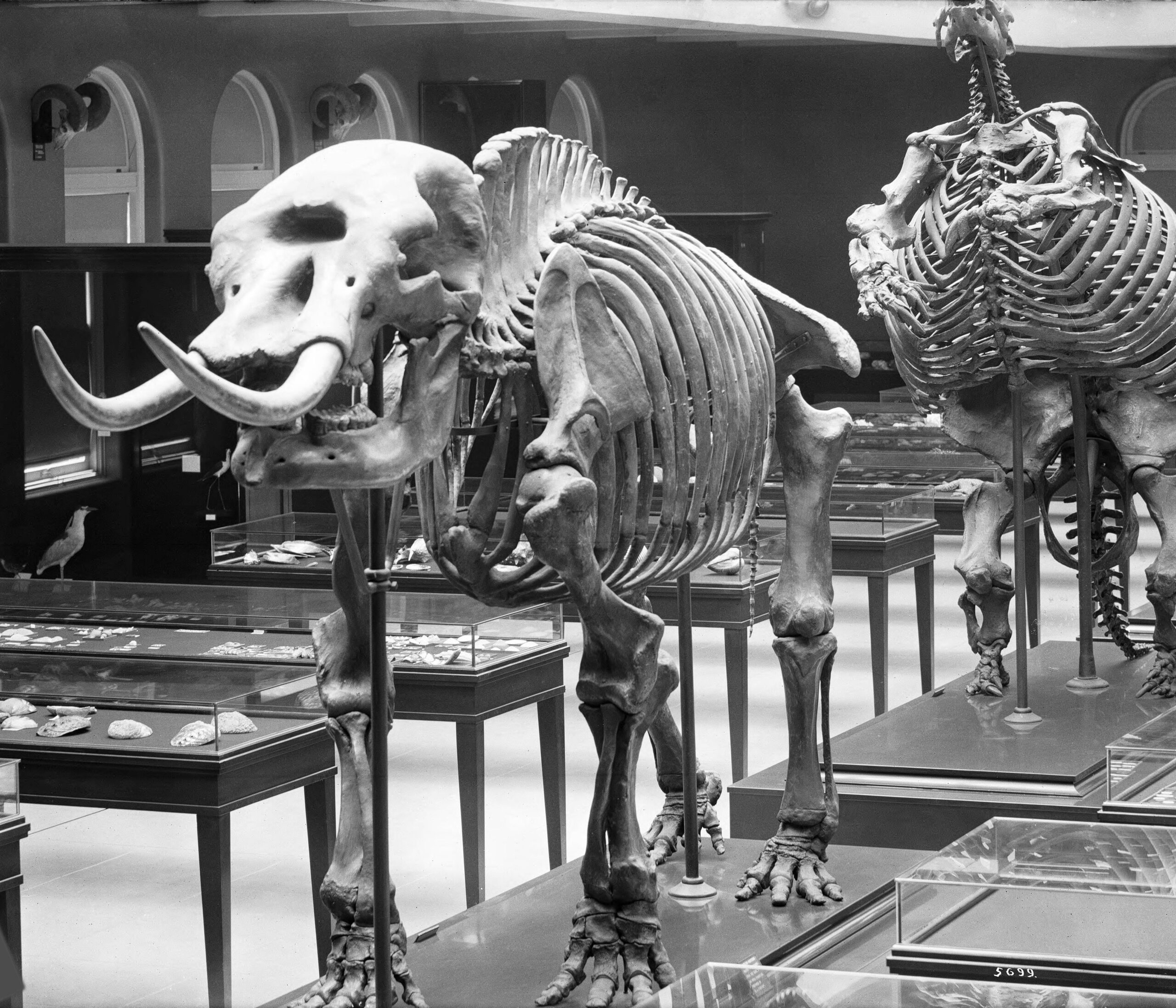
Despite decades of research, giant sloths continue to surprise scientists with new discoveries. Recent finds in Nevada have uncovered evidence of previously unknown sloth species, including some that were even larger than the Shasta ground sloth. One partial skeleton suggests an animal that may have weighed over 3,000 pounds—larger than most modern cars.
The mystery deepens with each new discovery. Some sites show evidence of sloths using tools, manipulating their environment in ways that suggest complex problem-solving abilities. Others reveal social behaviors that challenge our understanding of how these creatures lived and interacted with each other.
Implications for Conservation
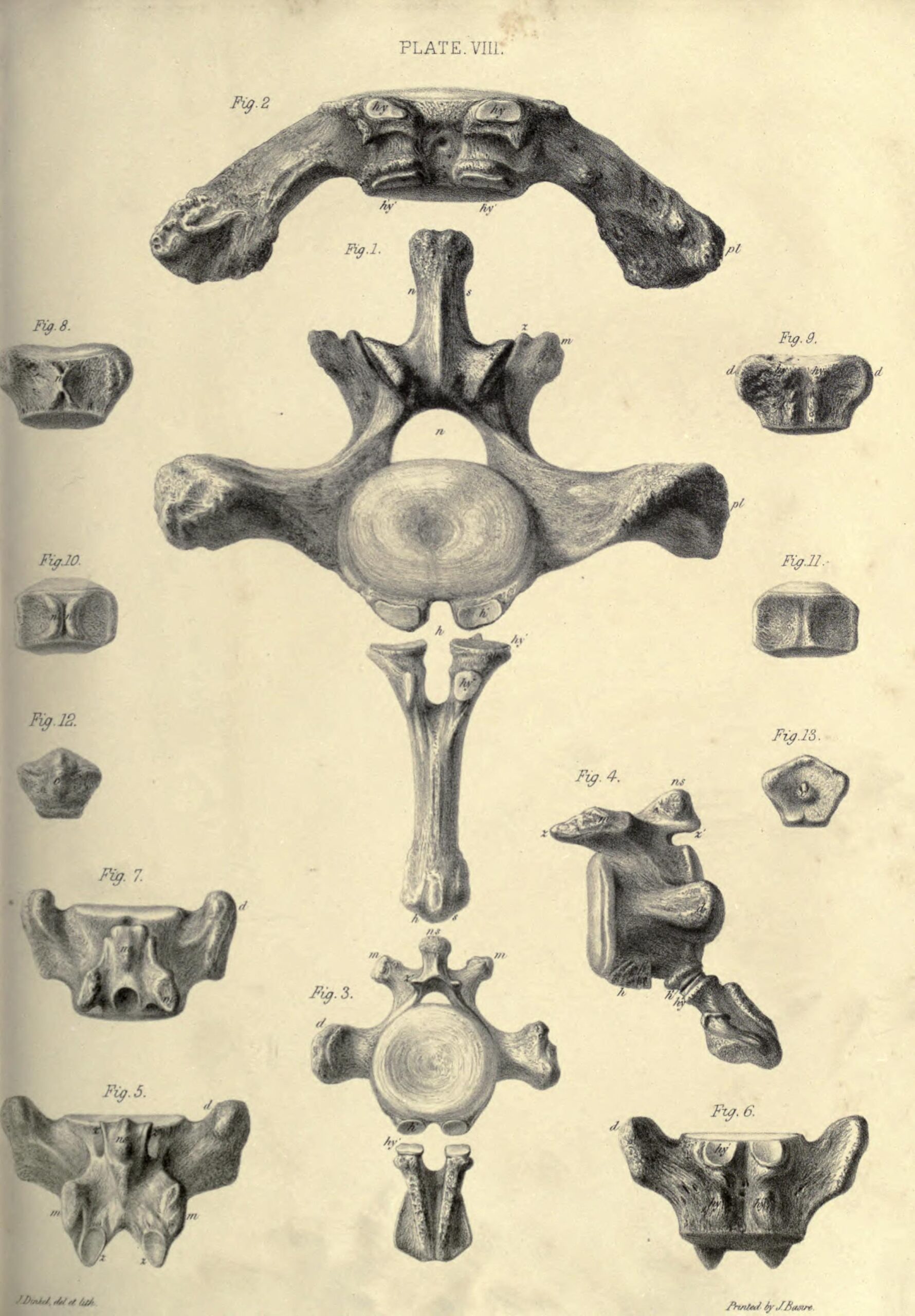
The story of Nevada’s giant sloths offers sobering lessons for modern conservation efforts. These creatures survived ice ages, volcanic eruptions, and dramatic climate shifts for millions of years, yet they couldn’t adapt to the rapid changes that occurred at the end of the Pleistocene. Their extinction demonstrates how quickly ecosystems can collapse when multiple stressors combine.
Modern Nevada’s desert ecosystem is also under pressure from climate change and human development. Scientists studying ancient sloths are finding that understanding past extinctions can help predict which modern species are most vulnerable to environmental changes. The lessons learned from sloth bones buried in Nevada’s caves are being applied to protect today’s threatened wildlife.
What This Means for America’s Past

The discovery of giant sloths in Nevada has fundamentally changed how we view North America’s prehistoric landscape. These weren’t just exotic creatures wandering through an empty continent—they were key players in complex ecosystems that shaped the very geography we see today. Their browsing habits influenced plant evolution, their trails became pathways for other animals, and their extinction marked a turning point in American natural history.
The Nevada sloth discoveries have also challenged assumptions about human migration and settlement patterns. If early Americans encountered these creatures, it means they were adapting to a landscape far more wild and diverse than previously imagined. The presence of giant sloths suggests that the first humans in Nevada were living alongside an incredible array of megafauna that would dwarf anything alive today.
Nevada’s giant sloths represent one of the most remarkable chapters in American paleontology, transforming our understanding of Ice Age ecosystems and the dramatic changes that shaped the continent we know today. These discoveries continue to yield new insights, reminding us that the past is never truly settled—it’s constantly being rewritten by the bones buried beneath our feet. The next time you visit Nevada’s desert, remember that you’re walking through what was once home to creatures that would make modern wildlife seem tiny by comparison. What other secrets might be waiting just beneath the surface, ready to rewrite history once again?

